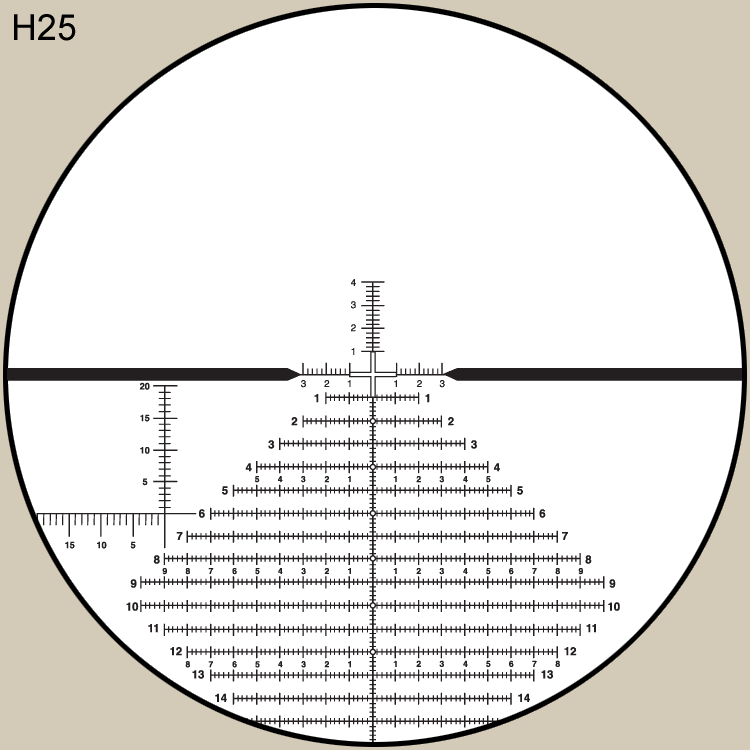I just revised my paper. Hope it reads better. Warning: For the technical and possibly nerdy. runner
I have written a paper on how they derived the range estimation equations for MILS and MOA. I couldn't find it on the Internet, so I did it myself. It's in simple language and easy math. For anybody interested, go to the link below. If you want, you can skip fwd in the paper to get to the actual derivation parts if you already know some basic stuff. I hope you enjoy it and learn something. I guarantee if you read it thoroughly, you'll never forget the formula's. Thanks, runner
Link
or under the U.S. Optics website at the top of FAQ:
Link
I have written a paper on how they derived the range estimation equations for MILS and MOA. I couldn't find it on the Internet, so I did it myself. It's in simple language and easy math. For anybody interested, go to the link below. If you want, you can skip fwd in the paper to get to the actual derivation parts if you already know some basic stuff. I hope you enjoy it and learn something. I guarantee if you read it thoroughly, you'll never forget the formula's. Thanks, runner
Link
or under the U.S. Optics website at the top of FAQ:
Link





